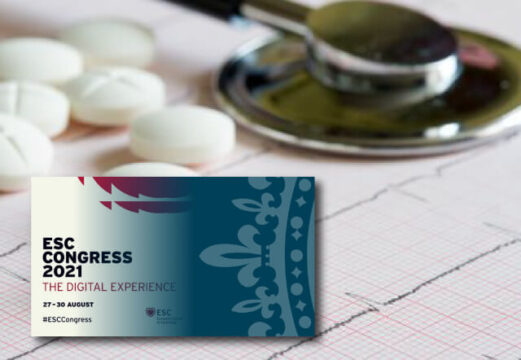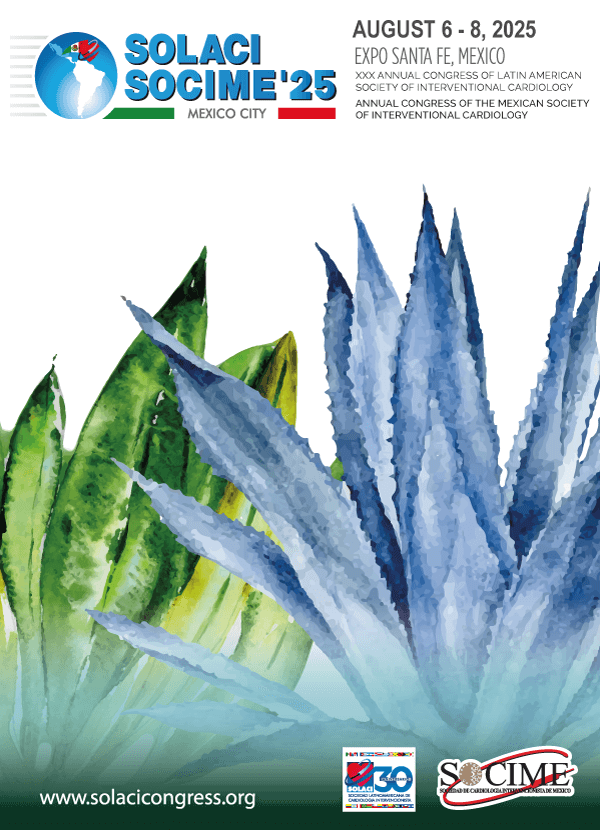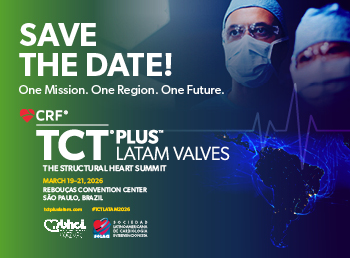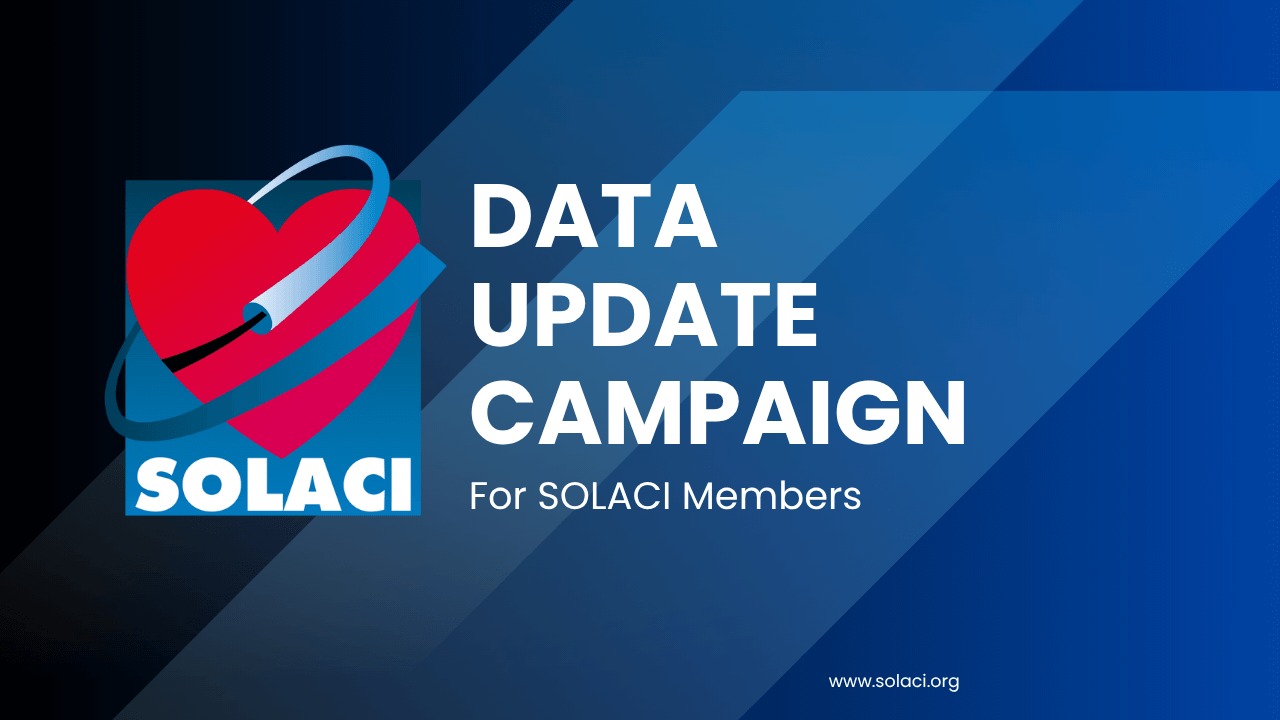Colchicine does not offer protection against myocardial injury in ST-segment elevation myocardial infarction when administered during reperfusion and in the following five days, according to the randomized study COVERT-MI. It could even generate signs of damage with 3x the amount of thrombi in the ventricle.

The results presented at the European Society of Cardiology 2021 Congress and published in Circulation were disappointing. However, that does not question the LoDoCo2 and COLCOT studies that brought the inflammatory theory back into the table. Both focused on chronic artery disease.
COVERT-MI, however, used a loading dose of 2 mg followed by 0.5 mg every 12 hours to treat myocardium inflammation during the acute phase of the infarction. The scenarios of these studies are completely different from each other.
This double-blind study included 192 patients with ST-segment elevation infarction referred for primary angioplasty in 10 high-complexity sites in France.
The efficacy endpoint was infarction size at five days, measured by gadolinium enhancement in magnetic resonance imaging. The difference between groups was 26 g vs. 28.4 g of mass in the left ventricle, which makes it non-significant.
After three months, ventricle mass and remodeling remained similar.
The unexpected was the incidence of left ventricle thrombus at five days (22.2% vs. 7.4%; p = 0.01). This finding remained similar at three months of follow-up (5.3% vs. 2%), and so did the incidence of stroke.
COVERT-MIOriginal Title: Effect of Colchicine on Myocardial Injury in Acute Myocardial Infarction. COVERT-MI Study Investigators.
Reference: Nathan Mewton et al. Presentado en el congreso ESC 2021 y publicado simultáneamente en Circulation. 2021 Aug 23. Online ahead of print. doi: 10.1161/CIRCULATIONAHA.121.056177.
Subscribe to our weekly newsletter
Get the latest scientific articles on interventional cardiology





